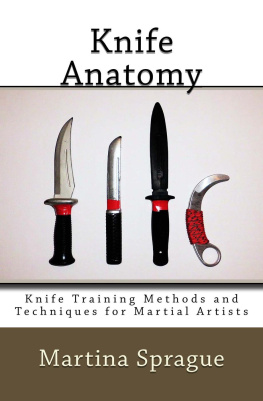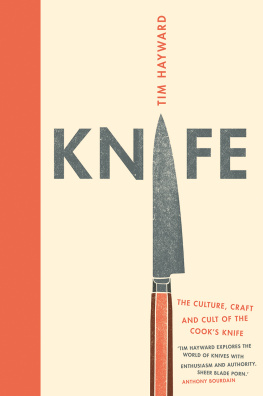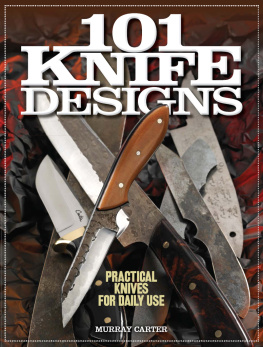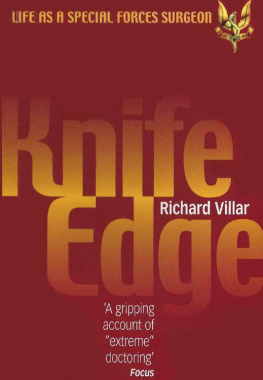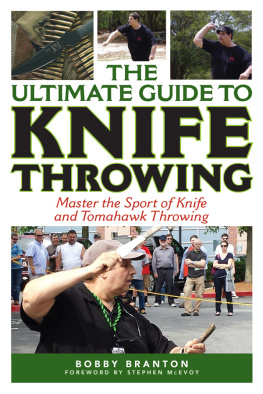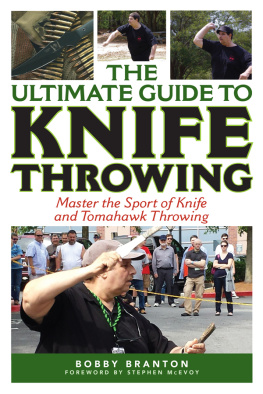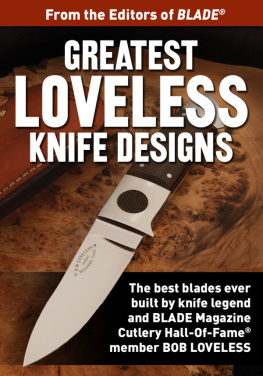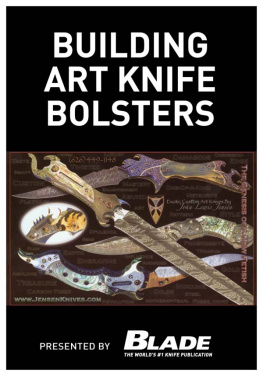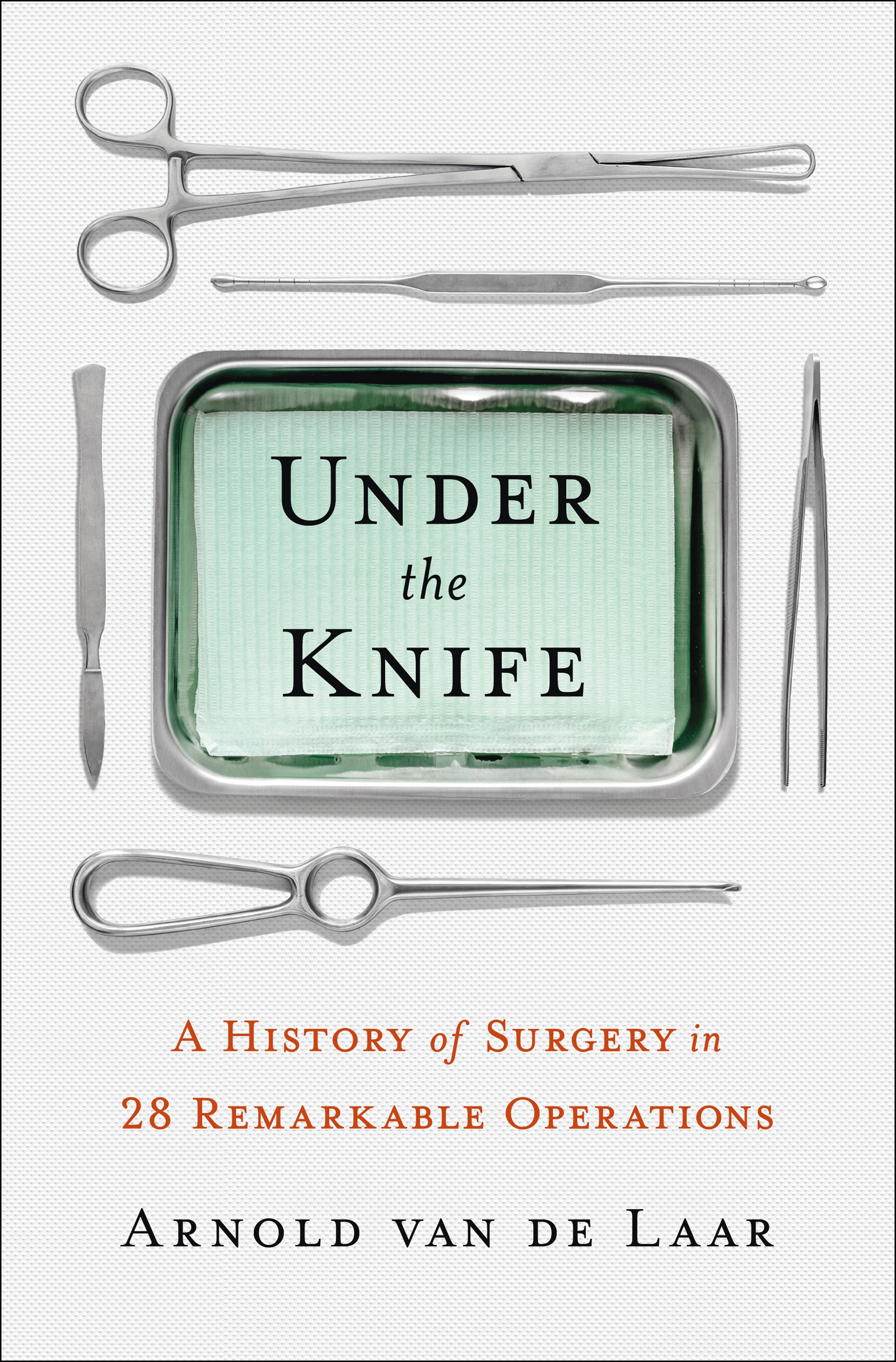Contents
Guide
Pagebreaks of the print version

The author and publisher have provided this e-book to you for your personal use only. You may not make this e-book publicly available in any way. Copyright infringement is against the law. If you believe the copy of this e-book you are reading infringes on the authors copyright, please notify the publisher at: us.macmillanusa.com/piracy.
O NE NIGHT IN 1537 , after a long day of fighting in the battle for Turin, young French army surgeon Ambroise Par lay wide awake. He was seriously troubled. The battlefield was strewn with soldiers with wounds inflicted by arquebuses and muskets, which Par had never dealt with before. He had read in a book that you should pour boiling oil into the wound to counteract the toxic gunpowder. So he had dripped the bubbling liquid onto the bloody flesh and it had sputtered like meat in a frying pan. But there were so many wounded that his cauldron of oil was empty halfway through his round of the battlefield. With no oil left, he had to alleviate the suffering of the wounded men with an ointment of rose oil, egg yolks and turpentine. The whole night he listened to men screaming and fighting death, thinking that it was his fault. He was astounded to discover the following morning that it was the soldiers he had treated with boiling oil that had been screaming and not the others. He never used boiling oil again and would later become a great surgeon. This was a first step towards modern surgery.
Surgery must have evolved quite naturally since, as long as humans have walked the earth, they have suffered from ailments that had to be healed by hand. The healer who used his hands was known as a chirurgeon, from the Greek kheirourgia , meaning hand ( kheir ) and work ( ergon ). Our modern word surgeon derives from the same origin. Fighting, hunting, migrating, digging for roots, falling from trees, fleeing predators the hard life of our ancestors exposed them to endless risk of injury. Tending to wounds is therefore not only the most basic of surgical procedures, but was probably also the first. Common sense tells us that we should rinse a dirty wound with water, apply pressure to a bleeding wound, and cover an open wound. If you see that the wound then heals, youll do the same thing again next time. But in the Middle Ages, common sense was obscured by tradition. Rather than looking at the results of their actions, our medieval forefathers would follow what some great predecessor had written in an ancient book. So wounds were not cleaned, but seared with a branding iron or boiling oil and dressed with a dirty piece of cloth. Only after that dark age, during that sleepless night in Turin, did common sense prevail and a new form of surgery, based on experiment, begin to emerge.
But back to the beginning. When were our ancestors first inspired to treat infections like festering wounds, pustules, carbuncles or abscesses by cutting them open? Draining pus is the second basic surgical procedure. All you need is something sharp, like an acacia thorn, a flint arrowhead, a bronze dagger or a steel scalpel. This is how the knife made its way into surgery and we surgeons still have the old adage ubi pus, ibi evacua Latin for where there is pus, evacuate it hanging above our beds.
The third basic procedure for surgeons is treating fractures. Fleeing from wolves, hunting mammoths, stumbling over rocks and tree roots prehistoric life must have presented ample opportunities to break your bones. Was there anyone sensible enough back then to pull a broken bone straight, painful as that was for the victim? It was, in any case, not something everyone could do; you had to have the guts to do it and much more importantly the patient had to be willing to let you. Only someone with enough courage, authority and experience, and who showed enough empathy, would be able to win that trust. And you had to be good with your hands. And that was where the chirurgeon came in, the man who could heal with his hands.
Giving patients emergency treatment has remained part of the surgeons work. Dealing with injuries and severe loss of blood, making sure patients can breathe and making them stable are still the primary tasks of surgeons in emergency departments in hospitals. This basis is clear and sound. Treating wounds, abscesses and fractures, and giving emergency treatment to someone in acute distress, results in grateful patients.
But going a step further and performing an operation is a completely different matter. You dont heal a wound, you make one. A sensible surgeon (and a sensible patient) will weigh up the risks. Does the operation usually succeed or fail? Are there alternatives? What will happen to the patient if I do nothing? What will happen to me if the operation is a failure? It is always a matter of seeking a balance between doing your best and not causing harm. And yet Roman consul Marius had a surgeon remove his varicose veins. He survived and continued to rule for many years. Surgeon John Ranby thought it advisable to operate on Queen Caroline of Englands umbilical hernia, causing her to die a miserable death. Yet his Roman colleague was given a severe reprimand and was not permitted to operate on Mariuss other leg, while Ranby was knighted for his services to the royal court. Surgery can be an unpredictable profession.
Wounds, fractures, pus infections and operations leave scars, while diseases like colds, diarrhoea and migraine can disappear without leaving any trace. This difference is illustrated by two different words for getting better: we use heal to make whole to refer to operations, wounds, bruises and fractures, and cure to restore to health for diseases. Roughly speaking, a surgeon heals and a doctor cures. Surgeons have incidentally long been both doctors and surgeons, but they restrict themselves to problems treatable by surgical means, which are a minority of all the ailments a patient can suffer from. Most complaints do not require the intervention of a surgeon or an operation at all. The services provided by chirurgeons in the sixteenth century were so straightforward and limited that they could perform them, as simple tradesmen, in a small shop. In Amsterdam, surgeons were so insignificant as a professional group that they shared a guild with three other trades skate-makers, clog-makers and barbers.
Until well into the eighteenth century, wounds, infections and fractures constituted the lions share of the limited range of complaints that surgeons treated. To that list could be added cutting or burning away misunderstood tumours and growths and, of course, bloodletting the most popular surgical treatment which, however, had more to do with superstition than treatment. All in all, it was a rather simple and dull business. If I had been a surgeon at that time, I would certainly have taken much less pleasure in it than I do now.
As methods and knowledge improved with experience, the diversity of complaints that could be treated with surgery increased. Walking upright is one of the main causes of many of the typical complaints we suffer from as human beings. That first step, taken by our ancestors million years ago, brought with it a series of medical conditions that account for a large number of surgical interventions. Varicose veins, groin hernias, piles, impaired blood supply to the legs (intermittent claudication), wear and tear of hip- and knee-joints (arthrosis), spinal hernias (slipped discs), heartburn and torn menisci in the knees are all caused by our walking on two legs.



